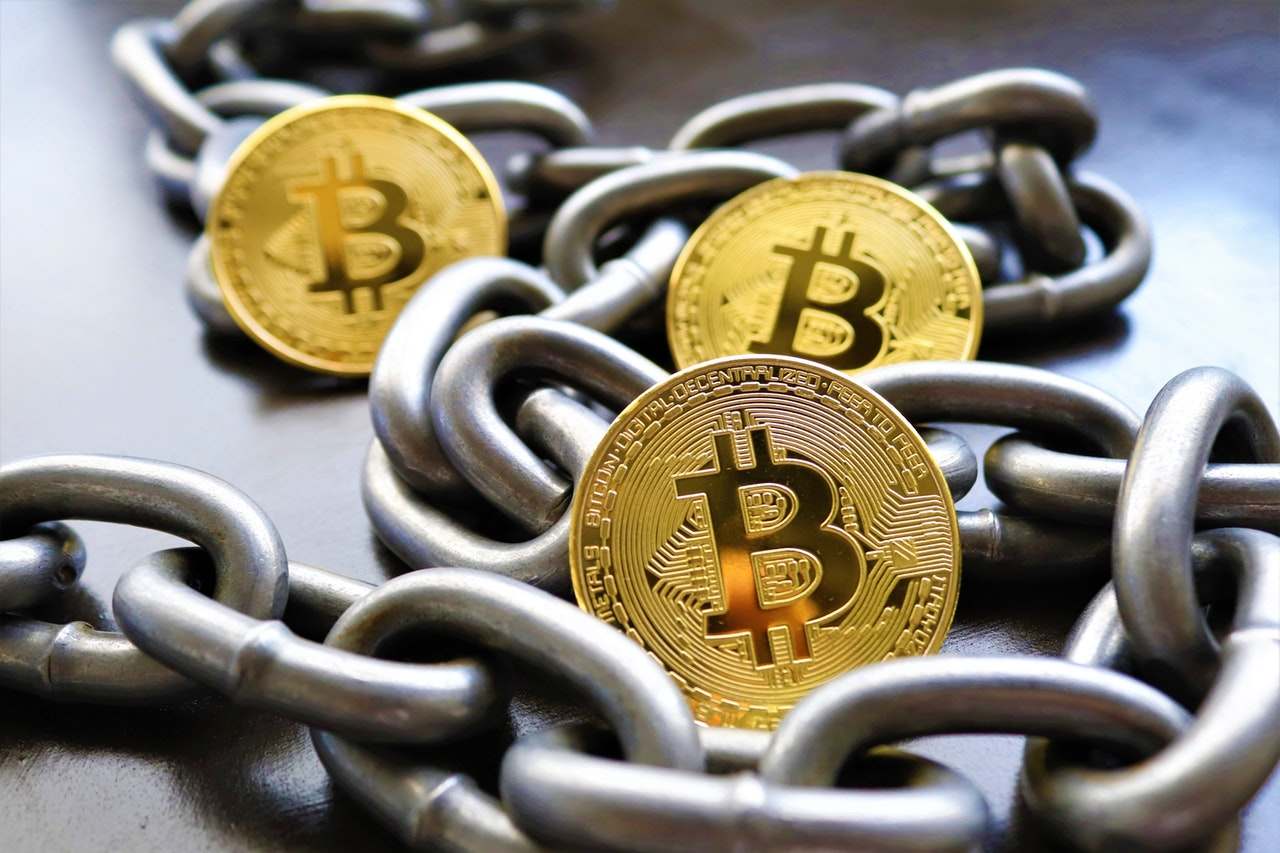As cryptocurrency becomes more widely accepted and used, the discussion over cryptocurrency mining is heating up. Some people see crypto mining as a lucrative method to do business in the crypto world, but others see it as a risky technology to deal with due to high risk, environmental concerns, and market volatility. Crypto mining, on the other hand, has become a lot more profitable if done correctly, thanks to the tremendous rise in cryptocurrency market values. However, there are several risks associated with crypto mining. In this article, we’ll discuss the risks of crypto mining and how they can damage a capital investment in a matter of days.
Because crypto mining is extremely profitable when the mining coin’s value is at an all-time high, everyone tends to focus on the brighter parts of the industry. However, if you choose to work as a miner, you need to be aware of the dangers you may face. The following are the six risks linked with cryptocurrency mining:
1. Power Consumption and ASIC Rigs
Miners may mine cryptocurrency using their personal PCs in the early days of cryptocurrency mining. However, they must now invest significantly in sophisticated processors, such as Application-Specific Integrated Circuit (ASIC), as well as provide a constant and abundant supply of electricity.
The main drawback of ASIC rigs is that they can only be used to mine a single coin. If you wish to mine Bitcoin, for example, your ASIC miner should be geared toward solving Bitcoin-related algorithms. Furthermore, to make crypto mining into a successful game, you’ll need hundreds of thousands of ASIC rigs. This necessitates adequate physical space for your ASIC rigs, as well as a robust cooling system to keep the temperature of your 24/7 running computers under control and an uninterrupted power supply.
A machine with three GPUs uses about 1000 watts of power, which is about the same as running a medium-sized window air conditioner. Consider how much electricity is required when a mining center has hundreds of thousands of machines. As a result, installing enough ASIC rigs and meeting the power requirement is a significant cost to pay until mining generates a profit.
2. Problems Caused by the Weather
Global warming is a serious worry, and its effects are already being seen in the form of increased urban flooding, extreme weather, and other factors. Consider what would happen if you had made a significant financial investment in establishing a mining hub, but now the area is experiencing excessive rain, lightning, or flood warnings. All of your mining hardware will be exposed to damage, which is irreversible in this instance.
The torrential rains and flooding in China’s Xinjiang region had an impact on Bitcoin’s value in April 2021. This means that, even if you are not in a flood-prone area, an unusual weather event in another zone can have an impact on cryptocurrency pricing and overall income.
3. Hackers
Crypto mining, like other technology, is vulnerable to hacking and cyber-attacks. Once you achieve success and begin to generate a sizable profit, you will find yourself on a hacker’s radar. To compromise your infrastructure, they will use a variety of hacking techniques. The following are some of the most common hacking techniques:
• Phishing: Phishing is one of the most prevalent ways to steal coins from someone by tricking them into giving out personal information they don’t want to give out. Hackers use a legitimate-looking “confirmation” email or bogus websites to dupe people into providing important information unknowingly. For example, instead of the original “http://binance.com,” a website’s URL may be “http://binance.net,” which most people would miss.
• Malware: Hackers can infect a person’s computer with keyloggers without the victim suspecting anything is wrong. When the person adds passwords, PINs, wallet private keys, and other sensitive information, they can easily steal it.
• Cryptojacking: Cryptojacking refers to the illicit use of a computer system to mine cryptocurrencies in secret. Hackers can install crypto mining software on a person’s computer by convincing him or her to click on any legitimate-looking link or an online advertisement. Hackers can mine quietly using the computer’s CPU power after the crypto mining code is loaded.
In summary, hackers can test your security practices in a variety of ways, and any flaw on your part can wipe out all of your investments and profits in a matter of seconds.
4. Market Issues
Cryptocurrency prices are quite volatile. Any coin’s price can climb or fall dramatically over the course of a single day or a few days. When China began a crackdown on miners in June 2021, for example, the price of Bitcoin fell from its all-time high of $64,870 in April to $28,890. Within a few days, the price had dropped by more than half. The price of Bitcoin has recovered significantly as of October 2021, yet no one can guarantee crypto market stability.
If you are mining cryptocurrency and the price of the coin drops dramatically, it will have a big influence on your mining profitability. Furthermore, because governments are unwilling to adopt crypto trade, any new rule prohibiting crypto trading or mining could have an impact on the market, causing a price decline.
5. Changes in the Underlying Asset’s Value
Crypto mining does not provide a constant profit. The amount of profit you can make is mostly determined by technological improvements as well as the market demand and price performance of the coin you are mining.
Bitcoin mining, for example, is based on Proof of Work (PoW), in which miners compete to solve a mathematically complex equation in order to validate a transaction and receive a new coin in exchange. As a result, it necessitates enormous quantities of energy, with only one miner’s energy being rewarded.
Proof of Stake (PoS) is an alternative, in which a miner can validate/mine transactions based on the number of coins they own. Miners are assigned block transactions to validate based on their coin holdings, rather than competing on a single transaction. With its energy-efficient method to cryptocurrency mining, PoS is gaining popularity. As a result, you can see the threat that the PoW mining strategy will face in the near future. Other technology developments or future trends, on the other hand, can drastically alter the value of your underlying assets.
6. Social Issues
Although crypto mining appears to be successful, there are social issues related to it, particularly managing the mining center’s excessive power demand. The figures on Bitcoin’s power consumption are self-explanatory as to why it’s such a major management issue. Bitcoin mining uses 0.5 percent of the world’s energy (91 terawatt-hours) each year, which is seven times more than Google does.
In any city, establishing a proper mining center is extremely tough. Aside from that, even if you want to build a mining center in an open region utilizing renewable energy, the weather, laws, and technology uncertainty make it a high-risk venture.
Final Thoughts
The six risks of crypto mining listed above are not intended to deter you from pursuing your crypto mining dream. If you want to get into crypto mining, you should do your homework first. You should carefully analyze all of the hazards associated with the coin you are mining, and you should prefer to mine currencies that can provide you with a higher reward while posing fewer financial risks. In conclusion, crypto mining may be a highly profitable company if done correctly and with a keen eye on world trends.

